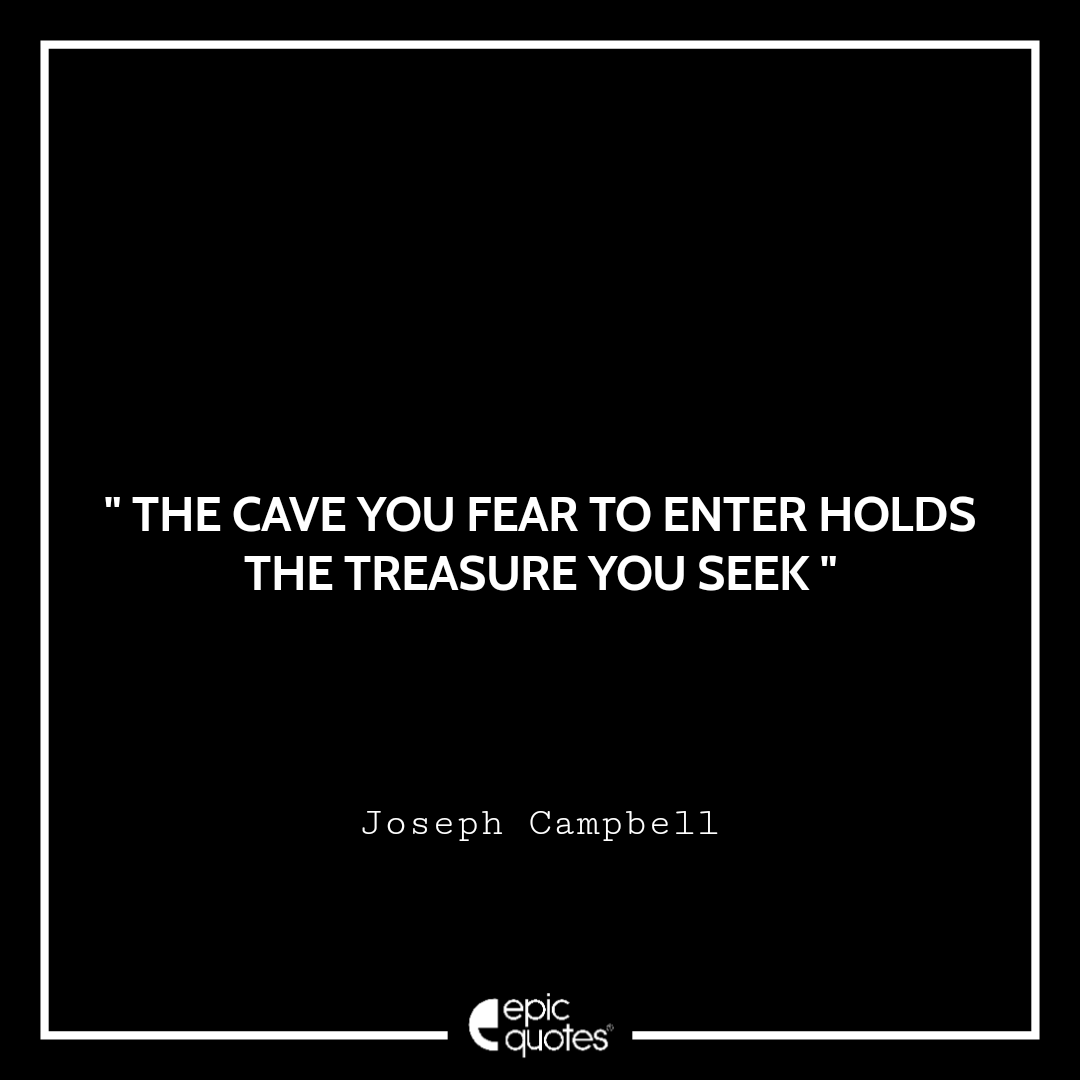
I asked for a disclaimer form, making it very clear that no one had suggested that I might be detained, that I’d waited for eight and a half hours and I was hungry and thirsty. At 2:30 am on the morning of the 30th, I was taken to an acute ward, I was being kept in for observation and my reaction was an angry refusal. It’s Saturday 29th January, and I’ve developed double vision and having spent most of the day hoping it might “go away,” I present myself at A&E again, only this time I wait, and wait and … you get it. I was discharged and went home to get on with the rest of my life. An ambulance arrived, I was admitted to A&E and the following day was told that a tiny piece of arterial plaque had found its way into my brain, causing a minor and temporary blockage. I went to scratch my nose and poked myself in my eye, the left side of my face felt like I’d had some dental work done and my left leg felt weak. On the morning of January 26th I knew something was wrong. I want to share a recent personal experience. There are some strong implications for the manner in which we as leaders establish a culture in which it’s alright to to express our vulnerabilities without feeling that this will result in our being judged as “wanting” by others. When we create our “Leadership Culture” how much room do we allow ourselves to admit to uncertainties, our fears? Brene Brown’s work on vulnerability is well worth taking a look at, she is clear in her view that the understanding sharing of our uncertainties strengthens rather weakens us. He was an accessible, beguiling teller of stories with lasting relevance. What I will do is to suggest that you consider taking a look at some of Professor Campbell’s ideas and reflections.

“The cave you fear to enter hold the treasure you seek.” You might recognise the above quotation from Joseph Campbell-an Educator, Author and Storyteller: it’s pretty much self explanatory so I won’t dwell on it now.


 0 kommentar(er)
0 kommentar(er)
